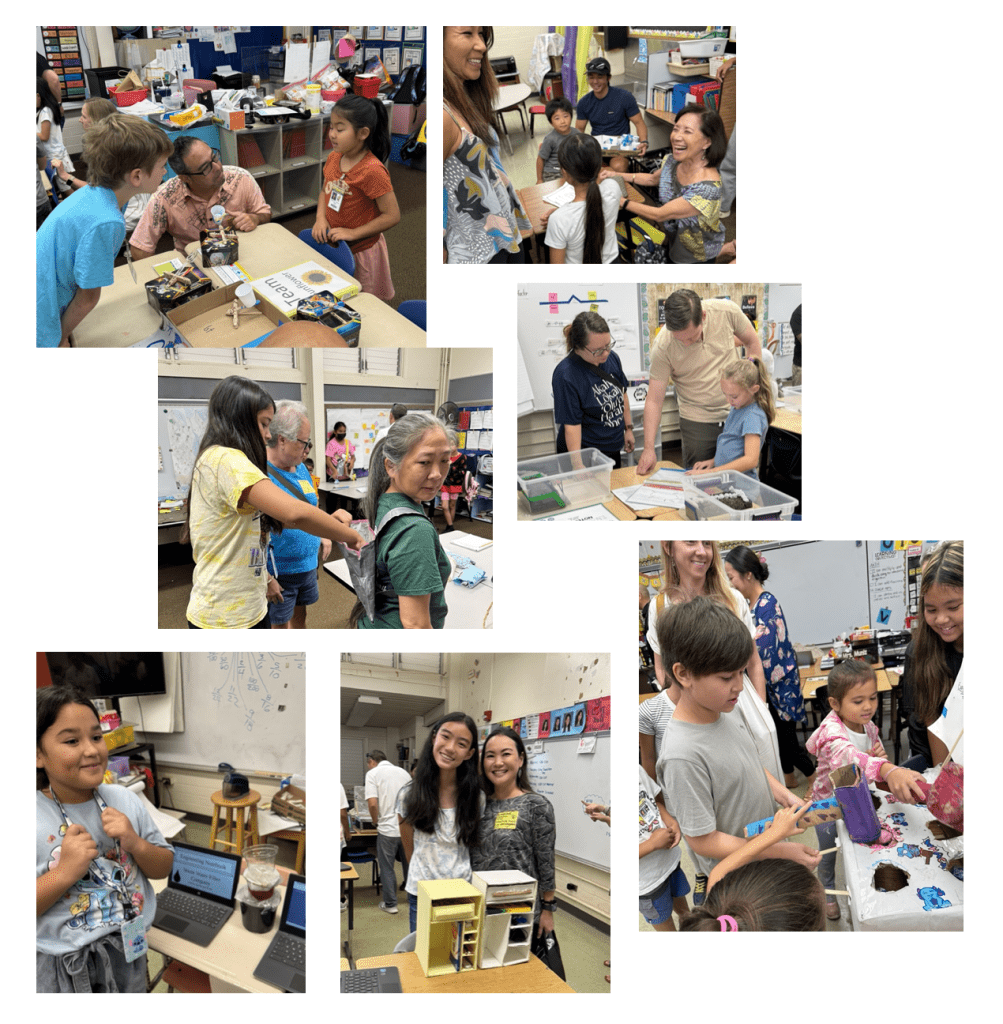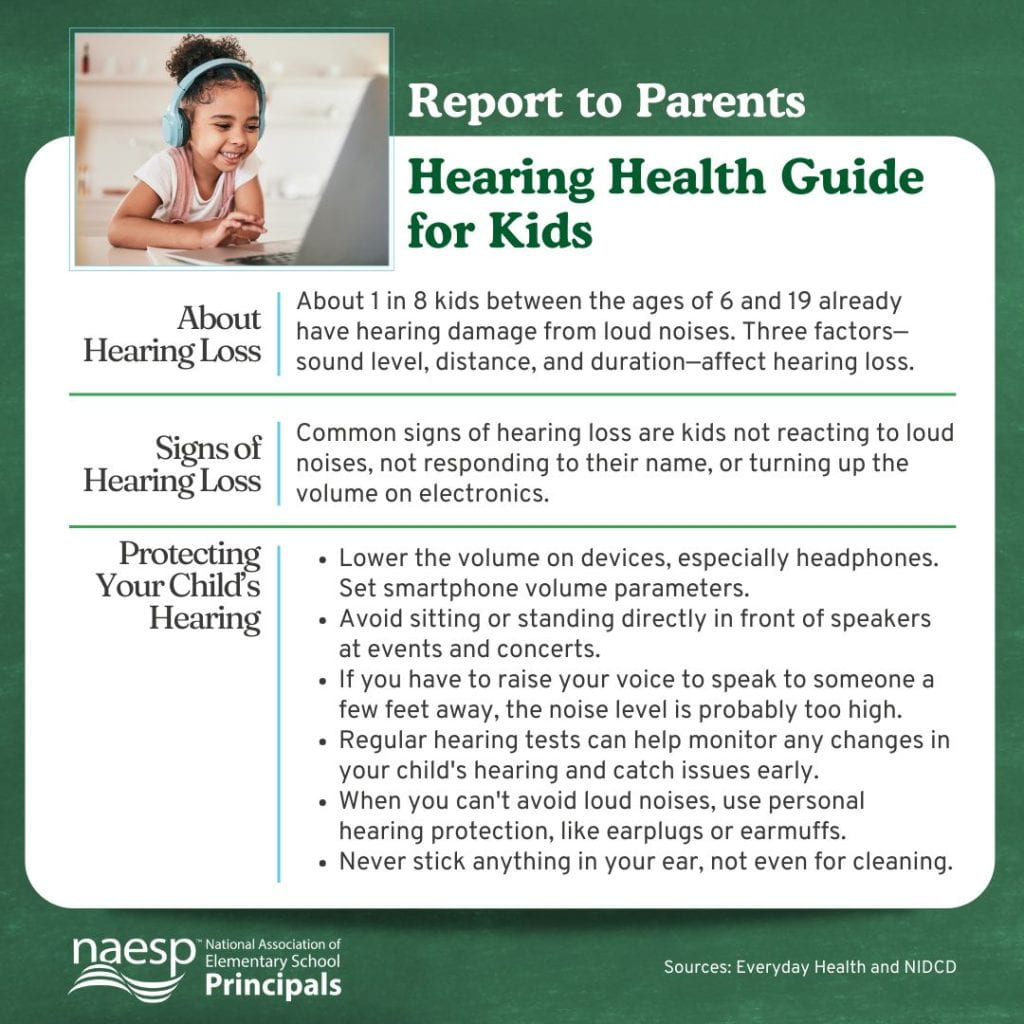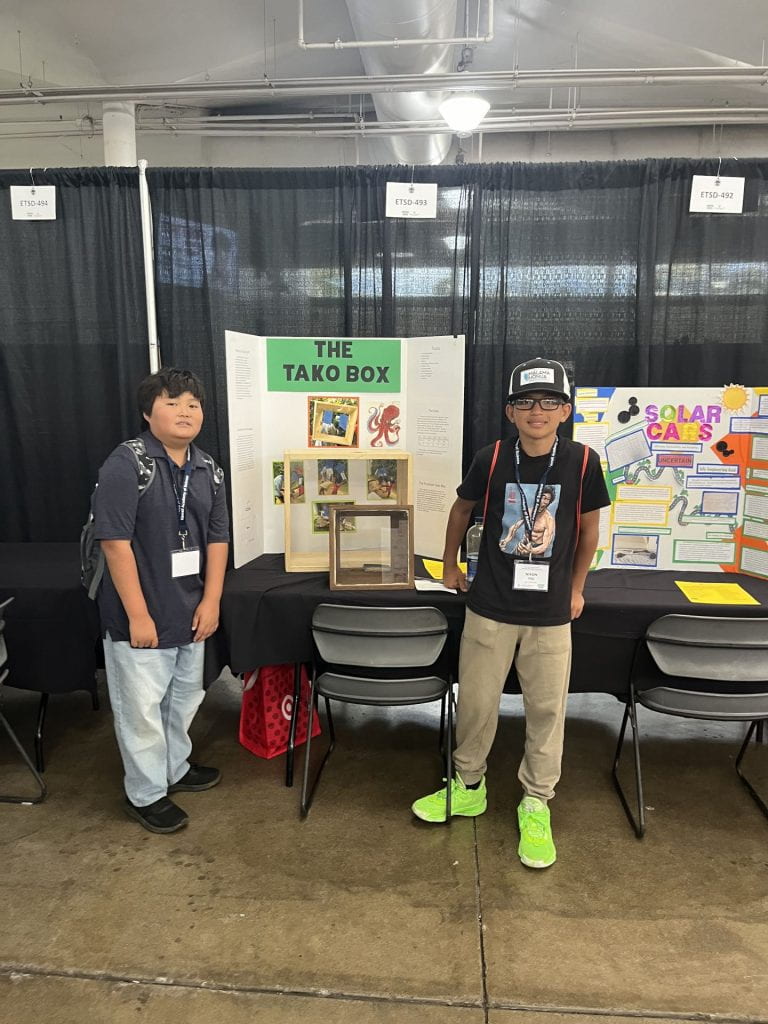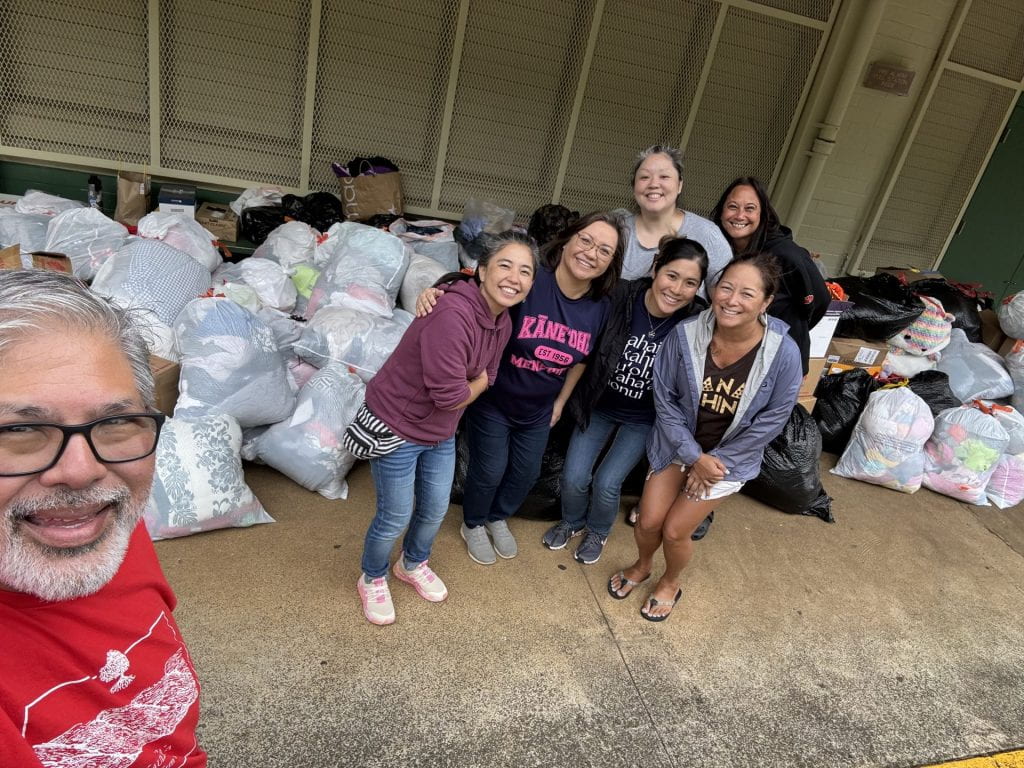Ua ahonui nō ʻoe i nā pōpilikia.
You have been patient in the times of trouble
Pukui, Mary Kawena, Elbert, Samuel H. (1965). Hawaiian Dictionary
ALOHA FOCUS FOR THE WEEK: AHONUI
Within a few short months following an announcement that he had cancer, Senator Spark Masayuki Matsunaga passed away. Beloved for his steadfast service, Senator Matsunaga would be difficult to follow. His approach to passing legislation embodied ahonui. When he singlehandedly convinced Congress to establish a U.S. Peace Institute, it culminated over 20 years of quietly lobbying and laying the groundwork for its passage. Similarly, he is credited for leading the charge to pass the Civil Liberties Act of 1988. Even as his health was beginning to fail, he personally met with every senator and garnered an unprecedented 75 co-sponsors for the bill, ensuring it would not be defeated. So when he died, Governor Waiheʻe rushed to fill his spot with someone of similar caliber.
At the time of Senator Matsunaga’s passing, Daniel K Akaka was a US Representative in Congress. Like Matsunaga, Akaka approached his work with ahonui and aloha. He once noted, “I am not a born politician. People tell me I have to be feisty to get my way in Congress. But that’s not my style. I use my Hawaiian abilities and the spirit of Aloha that brings people together.” During his time in the House, then Representative Akaka dedicatedly lobbied for Native Hawaiian issues and securing funding for our state. Hence, when the governor asked Akaka to serve out Senator Matsunaga’s term, Akaka asked for time. Advancing to the Senate meant greater prestige and opportunities to make personal gains. However, Akaka sat on the powerful House Appropriations Committee and knew if he left too soon, bills advantageous to Hawaiʻi might fail. So, as in many other instances in his life, Akaka put others before himself. He considered the bigger picture and how he could help more people. Akaka practiced ahonui and asked that his confirmation to the Senate be delayed.
Sources:
https://encyclopedia.densho.org/Spark_Matsunaga/#cite_note-ftnt_ref3-4
https://sci.manoa.hawaii.edu/programs/matsunaga-institute-for-peace/about/
https://www.govinfo.gov/content/pkg/GPO-CDOC-108hdoc226/pdf/GPO-CDOC-108hdoc226-2-4-9.pdf
5 PURSUITS of AHONUI:
Inspired by Gholdy Muhammad
Please watch A Chair for My Mother written and illustrated by Vera B. Williams. Then with you child, answer the following:
- IDENTITY: Talk with your kupuna about something your ʻohana saved money to buy or to do. How long did it take? How did they save the money?
- SKILLS: Why was the chair important to the main character and her family? Predict what they will do with the money they save next.
- INTELLECT: The main character and her mother practiced perseverance and frugality as they saved up for their arm chair. Look up the definitions of perseverance and frugality. Use them in a story of your own.
- CRITICALITY: In the story, the community helped the main character’s family after their home burned down just as our school has raised money through the Fun Run to help a school in Lahaina. Why is it important to help others who experience misfortune and disaster?
- JOY: Make a homemade bank and save money for something you want to buy in the future.
PLEASE DRIVE WITH ALOHA
Last week, our amazing volunteers along Mokulele noted that one parent has been driving along the wrong side of the street to drop their children and another nearly caused an accident after making an illegal u-turn. Auwe.
Please remember that we all want to get our children to school safely and on-time. Please obey all traffic rules and to always drive with aloha – meaning show ahonui (patience) and akahai (grace and kindness). Mahalo nui loa for your help in keeping our roads and driveways safe for our keiki.
CONTINUED PRACTICES:
NOʻAHUNA OF ALOHA
See Uncle Pono Shim explain the Noʻahuna, the esoteric meaning, of Aloha as taught to him by Aunty Pilahi, the Keeper of Secrets.
WEAR PINK FOR MAUI WEDNESDAYS
Join us in letting “that light, that divine inspiration that Aunty Pilahi Paki says is given to you at your very beginning, come through and let your ALOHA join with the ALOHA of the collective to bring about healing.”
DAILY VIRTUAL PIKO
At the Daily Piko, we share thoughts on the Aloha value for the week which helps us become centered and ready to learn. We begin at 8 AM everyday except Wednesdays.
UPCOMING EVENTS
| Apr 22 – May 10 | Smarter Balance Assessment testing |
| Wed, May 1 | 5 PM KES School Community Council Meeting |
| Fri, May 3 | Waiver Day – No Students |
| Sat, May 11 | 8:30 – 11:30 AM Campus Beautification |
| Fri, May 17 | May Day |



